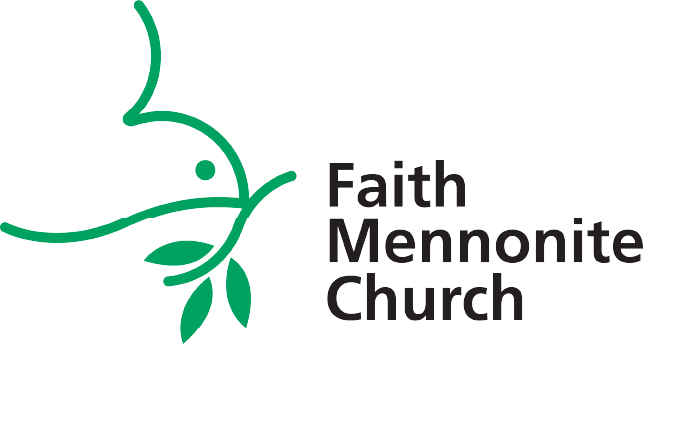
The Nativity of Christ
Bible Text: Matthew 1:1-25 | Preacher: Jacob Miller | Series: Advent
The Nativity of Christ is based in the icon tradition of early Christian art. While most elements in this artwork easily correlate with modern nativity arrangements – angels, shepherds, Mary, Joseph, the Christ child, the star, and the stable animals, there are a few key features in this particular image that are worth explaining and a few that are notably different. In the top right corner an angel proclaims the “good news” of Christ’s birth to a lowly shepherd. Note the staff held by the angel signifying heavenly authority to carry this message directly from God. Two angels, opposite, bend in praise and adoration over the newborn King. Why are their hands draped with cloths? Here is a very ancient custom whereby any common person who received an audience with a king was required to cover his/her hands, thus sparing the king the unpleasant experience of seeing the calloused, dirty hands of a working class individual. In this instance, it signals to the viewer that the baby is royalty. We also see a second shepherd playing flute in adoration. Christ’s ultimate mission of dying for the salvation of the world are hinted at: swaddling cloths that resemble grave cloths, a cross filled halo, and a lamb reminding us of John the Baptist’s words, “Behold! The Lamb of God who takes away the sin of the world!”
But the heart of The Nativity of Christ is the scene playing out between Mary, Joseph and the old man in the shaggy coat kneeling in front of Joseph. Note that neither Mary nor Joseph gazes in amazement at the miracle God-child as a modern nativity would portray them. Instead, we see Mary quietly focused on her husband, who is seemingly engaged in an interaction with the old man. What’s going on here? That old man is God’s adversary, Satan, ever so gently planting the seed of doubt in Joseph. He asks, “Do you really want to get involved with this Mary and her baby? Why not quietly divorce yourself from them?” Mary watches and waits for Joseph’s answer. Joseph represents each of us – each of us must face doubt and answer the question, “Do you really want anything to do with this baby?” Mary often represents the church in icon art – Christ’s church watches and waits for our answer . . . as does Christ himself.
